Basic Accounting: The step-by-step course in elementary accountancy (Teach Yourself)
£11.40£14.20 (-20%)
Is this the right book for me?
Basic Accounting is a complete, step-by-step course in elementary accounting. Giving clear and concise explanations of accounting principles and practice including PAYE, cashflow statements, accounting for share capital, accounting standards and non-financial reporting, it is perfect for the newcomer to basic accounting, the first- level accounting student or anybody needing to brush up their accounting skills.
No prior knowledge of bookkeeping or accounting is assumed. Clear explanations, diagrams and worked examples enable you to master the basic principles then apply them to practical examples to consolidate and test your knowledge.
Basic Accounting includes:
Chapter 1: Introduction
Chapter 2: Source documents
Chapter 3: The ledger system
Chapter 4: Balancing the cash book
Chapter 5: Double entry theory and practice
Chapter 6: The trial balance
Chapter 7: Gross profit and stock
Chapter 8: Trading and profit and loss and accounts
Chapter 9: The balance sheet
Chapter 10: Illustrative example
Chapter 11: Cash and bank transactions
Chapter 12: Bank reconciliation
Chapter 13: The petty cash book
Chapter 14: Credit transactions and suppliers’ accounts
Chapter 15: The accounts of credit customers
Chapter 16: Purchases and sales returns
Chapter 17: VAT and PAYE
Chapter 18: Classification of ledger accounts
Chapter 19: Final accounts of a sole trader
Chapter 20: Interpretation of accounts
Chapter 21: Cash flow statements
Chapter 22: Capital and revenue expenditure
Chapter 23: The genera; journal
Chapter 24: Depreciation of fixed assets
Chapter 25: Bad debts and provision for bad debts
Chapter 26: Year-end adjustments
Chapter 27: Incomplete records and single entry
Chapter 28: Non-trading concerns and club accounts
Chapter 29: Control Accounts
Chapter 30: Partnership accounts
Chapter 31: Accounting for management
Chapter 32: Costs of production and manufacturing accounts
Chapter 33: Introduction to limited companies
Chapter 34: Accounting for share capital
Chapter 35: The final accounts of a limited company
Chapter 36: Accounting standards
Chapter 37: Non-financial reporting
Chapter 38: Computerized accounting
Learn effortlessly with easy-to-read page design and interactive features:
Not got much time?
One, five and ten-minute introductions to key principles to get you started.
Author insights
Lots of instant help with common problems and quick tips for success, based on the authors’ many years of experience.
Test yourself
Tests in the book and online to keep track of your progress.
Extend your knowledge
Extra online articles to give you a richer understanding of accounting.
Try this
Innovative exercises illustrate what you’ve learnt and how to use it.
Read more
Additional information
| Publisher | Teach Yourself (27 Aug. 2015) |
|---|---|
| Language | English |
| Paperback | 368 pages |
| ISBN-10 | 1473609135 |
| ISBN-13 | 978-1473609136 |
| Dimensions | 12.7 x 2.54 x 19.69 cm |


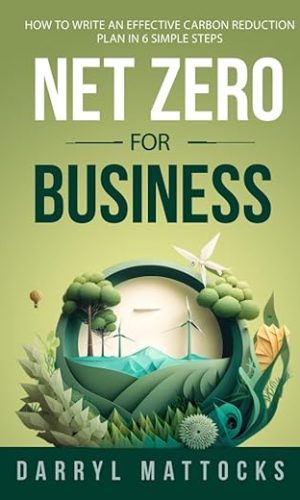


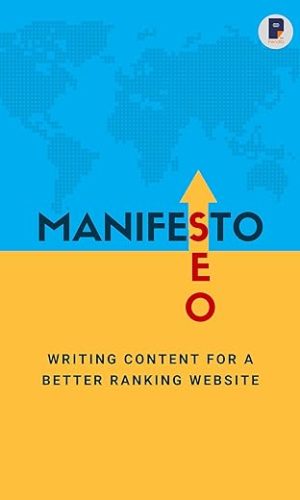

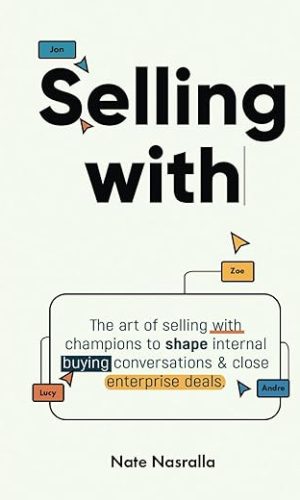
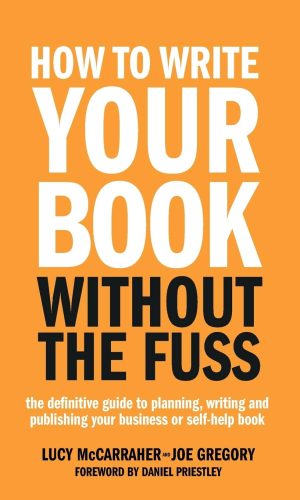
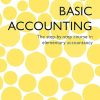
by aghoghovwia ajekuko
The Content of this book might be great and useful. But the actual book and print is actually very small, does not reflect enormous size as seen in the advert photo. Please you guys should stop photo shopping and show the item as its. Thank you.
by John Baldwin
I used it as a memory jerker for some accy work I needed to do …it did the job
by harry cawte
Bought as present for accountant trainee
by Wendy Panayiotou
Accounting
by zoe
If your just starting out in accounting this is a great book.
for my first year in accounting this book came in very handy.
it brakes down all major areas of accounting with examples. it also gives definitions for all accounting jargon used.
by Robert
Book is interesting and helpful . I have have recommend it to at least 5 friends in my school. Good buy
by Alan1995
I would not recommend this book as a sole source of information alone. Although it goes into a lot of detail with the worked examples it does assume you know a little about the type of terminology used in accounting; definitions given are quite generic, i.e. they give you examples rather than actually explaining what the words mean.
However, if you are very comfortable working at a slow pace, like me, and you are willing to put in a little bit of outside research then this book is fantastic.
The best features are the worked examples and the little ‘test yourself’ sections at the end of each chapter.
Overall, a very good book that I would recommend but would also pointout that it is not to be used on its own.
by LesH
I run a small business and I have to complete my own accounts. Many years ago I studied accounting at ‘O’ Level (thats how long ago it was). This is the first book I have used that gives the basics of accounting that has helped me complete my P&L accounts and Balance Sheet in a simple and effective way. This book is NOT for those who want to use SAGE or in-depth PAYE. Really is a perfect book for understanding the basics and all explained in a very simple and straight forward way.